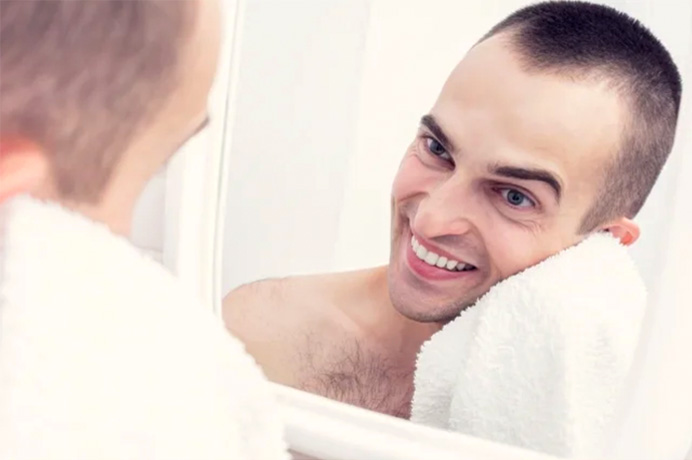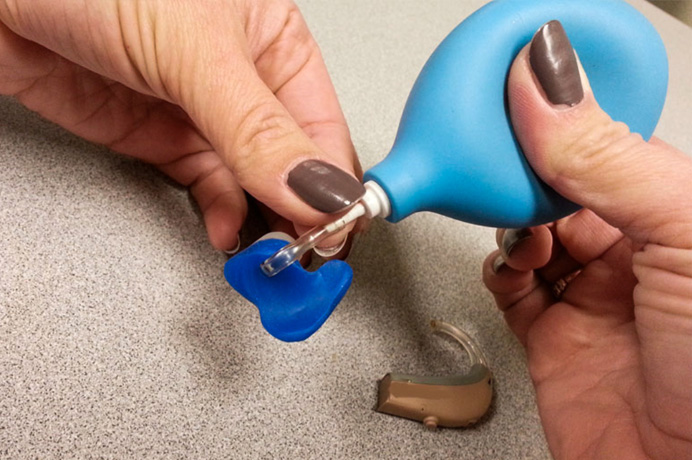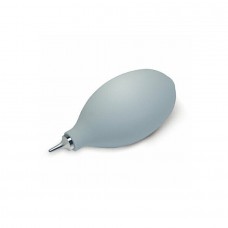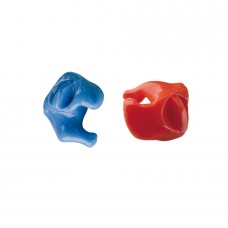Combat moisture in hearing aids


Hearing aids are exposed to different harmful agents on a daily basis. As it is an electronic deviceIt is totally normal for it to deteriorate over time. Although all hearing aids have some protection against water, sweat and humidity, these factors are one of the most frequent causes of hearing aid damage. While it is true that a small one-time exposure should not be important, prolonged exposure could be a determining factor.
If you have entered this post it is probably because you know very well what we are talking about and the humidity has already given you a scare at some point. That is why we want to pass on all our advice as audiologists so that humidity does not play with your hearing aids. Keep reading to know all the details:
Dry very well after getting wet
Whether it's because you've taken a dip in the pool, on the beach or because you've taken a shower, dry your hair, pinna and ear canal as well as possible before putting the hearing aids back on. For better protection, you can use bath plugs.

Use a blower knob
When moisture in your ear canal condenses, it can clog the tube of your BTE hearing aid. If you look closely you can see with the naked eye the droplet of condensation that clogs the tube. You may also notice this if your hearing aid reacts in this way:
- It stops with loud noises.
- It sounds intermittently.
- It sounds distorted.
- Stop making sound.
In fact, If you remove the tube you will be able to hear that the hearing aid works correctly again.
In this case you must use your blower knob to extract moisture and you will see that when you replace the mold your hearing aid works again as if nothing had happened.

Make use of dehumidifier
To remove all the moisture that accumulates daily, on our website you can see that we have different dehumidifiers.
There are electronic ones that use heat and UV light as a disinfection system, and you can also find disposable dehumidifying tablets.
It's as easy as leaving your hearing aids stored in the dehumidifier every night and in the morning you will not have to do anything other than take them out and use them again.
Although in the past dehumidifiers were designed for battery-operated hearing aids, today you can also find them with designs that take into account the space needed for the charger. Some models of rechargeable hearing aids also have the option of choosing a dehumidifier charger or with a special space to deposit dehumidifier tablets. Consult your hearing care professional if this is a possibility with your hearing aids.
Rechargeable hearing aids
The charge of rechargeable hearing aids is done by magnetic induction, in such a way that we make the casing more airtight. In this way we largely prevent these elements from penetrating the electronics and causing them to break down, as can happen with hearing aids that use batteries as power. For this reason if you are a person who is exposed to humidity regularly, it is best for you to use rechargeable hearing aids.
Water resistant hearing aids
Have you ever heard of Phonak's Audéo Life hearing aids?
They are the world's first waterproof rechargeable hearing aids. It combines hearing performance with a durable case that provides additional protection against water and sweat.

Audéo Life can be submerged up to 50 cm with fresh water, pool water or salt water so you can live life to the fullest.
Contact us if you want to know more about these fantastic hearing aids.

































